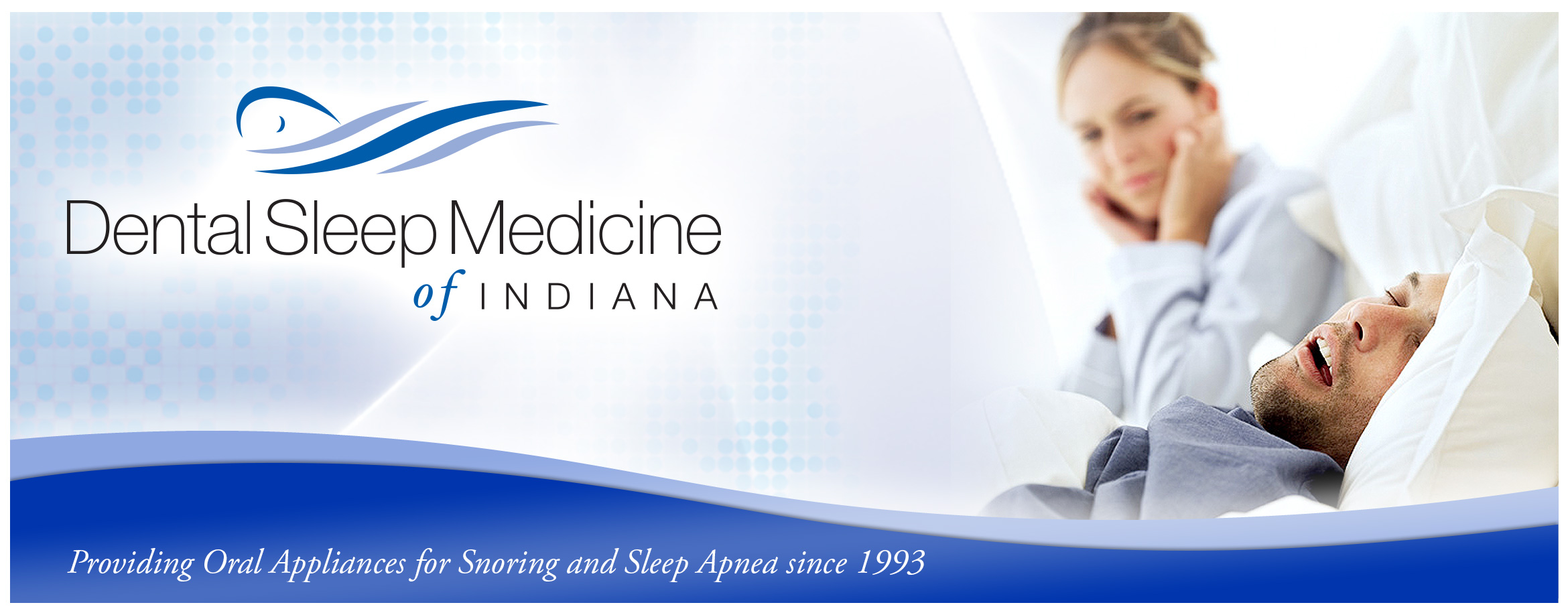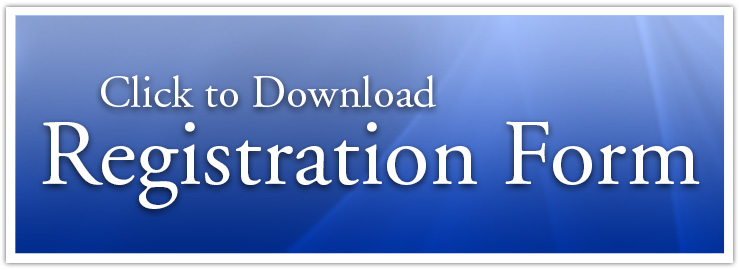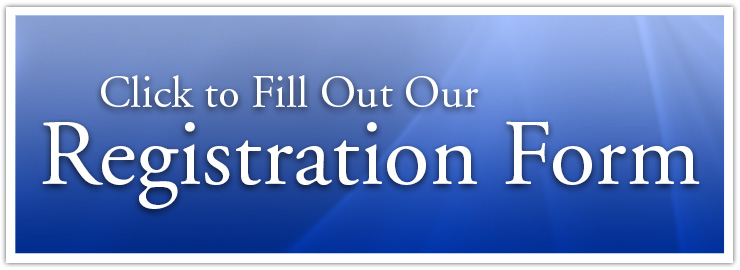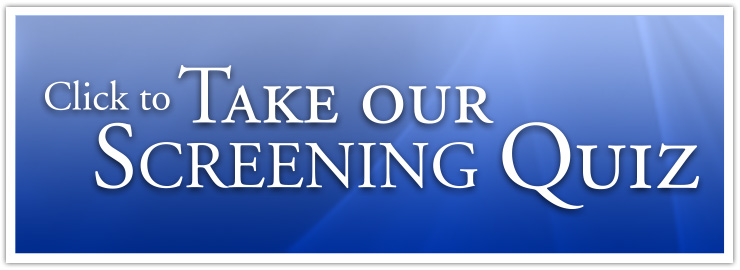

Treatment of Snoring/Sleep Apnea
Obstructive Sleep Apnea (OSA) is a serious respiratory disorder affecting a large portion of the population. Up to 40% of males (between the ages of 40 to 60 years) and up to 25% of females (between the ages of 40 to 60 years) suffer with OSA. OSA is defined as a stopping of all nasal and oral breathing, despite diaphragm activity, for 10 seconds or longer at a time. Central apnea is a stopping of breathing with no diaphragm activity and mixed apnea is a combination of both obstructive and central apneas. It is now being shown through medical studies that OSA and central apnea can be responsible for heart problems and even failure. The following symptoms may suggest a need for concern about a sleep apnea problem:
• Snoring
• Daytime Sleepiness
• Headache upon awakening
• Fatigue
• Gasping or choking at night
• Overweight
• Grinding or clenching teeth at night
• TMJ soreness upon awakening
• Disrupted sleep with arousals
• Anxiety with breathlessness
After a clinical evaluation with Dr. Smith showing these symptoms, you will be referred to a hospital sleep clinic for an overnight sleep test called a polysomnogram or, at the physician's choice, a home sleep apnea test (HSAT) unless you have this testing prior to seeing Dr.Smith. An overnight sleep test is the only method for definitive diagnosis. The diagnosis can only be made by a physician. Diagnosis and treatment of sleep apnea is necessary to help avoid complications such as high blood pressure, cardiovascular disease, stroke and falling asleep while driving.
By having sleep apnea, the following can be experienced: loud snoring, bedpartner witnessing stopping breathing, daytime sleepiness and tiredness, disrupted sleep, daytime irritability, poor memory, morning headaches, decreased cognitive abilities, night-time arousals, nocturia, extreme anxiety, fatigue and a decrease in libido.
One of the major signs of OSA is snoring. Not everyone who snores has apnea, but everyone with apnea snores. There is a continuum from snoring to upper airway resistance, to sleep apnea. The standard protocol for diagnosis is the overnight sleep polysomnographic testing at a sleep laboratory and a home testing as well.
There are three treatments for OSA. The Continuous Positive Airway Pressure (CPAP), Surgery, and Oral Appliance Therapy. The oral appliance has proven to be a viable option to the other treatments and can be used in conjunction with either. Successful treatment with oral appliance therapy is well documented in the literature and clinically. The American Academy of Sleep Medicine's 2015 Position Paper states, "Oral appliances are a viable option to treat OSA."
A medical team such as Dr. Smith and your physician can screen, diagnose, and treat OSA. This synergistic relationship between dentistry and medicine allows for a broader and more varied approach and resolution to the symptoms of obstructive sleep apnea.


